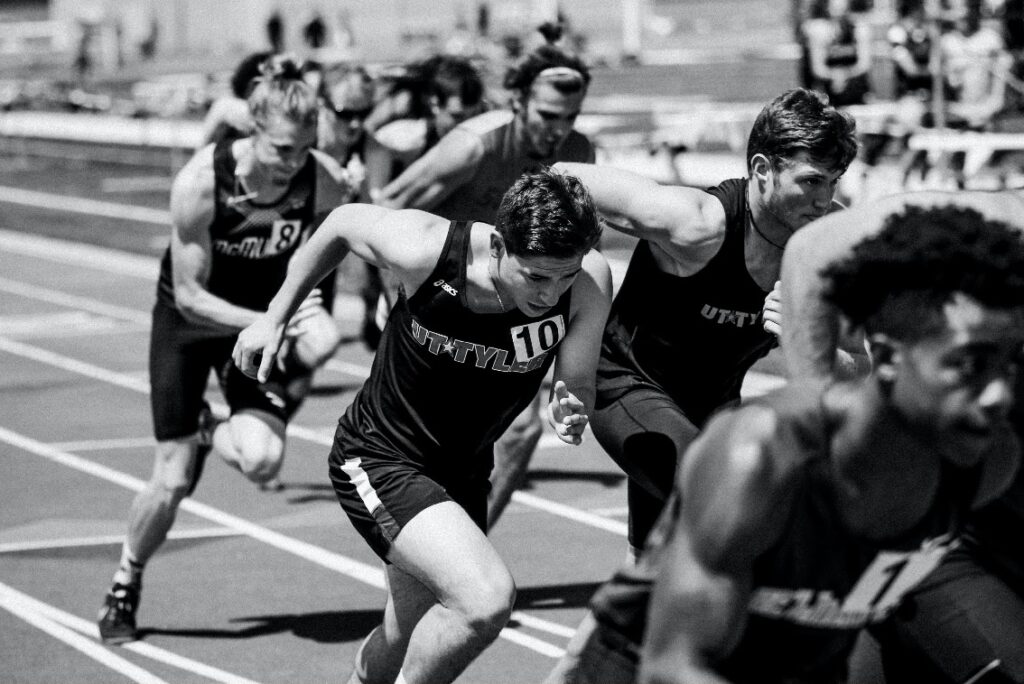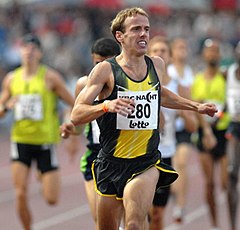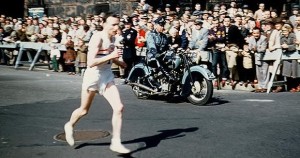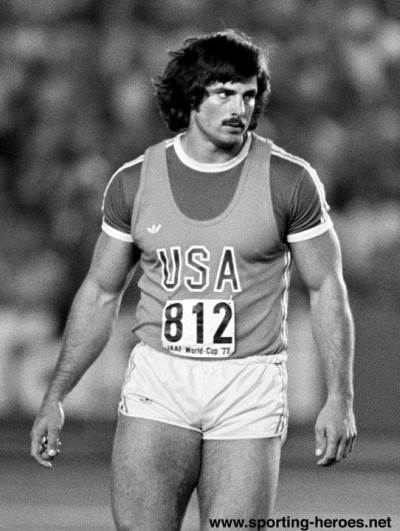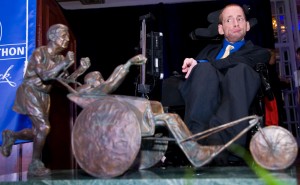Posted on
October 12, 2012 by
Rojo Grande
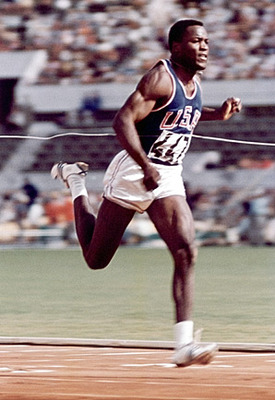
Many who witnessed Ashton Eaton’s incredibly moving decathlon world record at the 2012 Olympic Track and Field Trials in Eugene, Oregon swear they will never see another sporting performance so inspiring.
I would never attempt to minimize such sentiments, as it truly was one of the signature moments in all of track and field.
Yet 52 years earlier, decathlete Rafer Johnson drew upon the same Hayward Field magic to lay down an earlier version of one of the sport’s most grueling accomplishments.
Let’s take a look back at another episode in the amazing legacy of Hayward Field.
The U.S./USSR Cold War rivalry of the mid-20th century was typified by the decathlon’s back-and-forth world-record duel between the American, Rafer Johnson, and then-current record-holder (8,357 points) Vasili Kuznetsov of the Soviet Union.
The record, in fact, had alternated between the two athletes four times since 1955.
And so it was, at the 1960 Amateur Athletic Union’s decathlon championships in Eugene, Johnson’s patriotic intent was as much to break Kuznetsov’s record as it was to secure a berth on the 1960 Rome Olympics team.
In an uncanny subplot, Johnson’s UCLA teammate and good friend, C.K. Yang of Formosa (Taiwan), stood as a potential roadblock to the American’s quest. He was, after all, the defending collegiate national champion and a legitimate contender for the record in his own right.

Johnson, UCLA coach Drake, and Yang
Rafer was a powerfully built hybrid of speed and strength, evidenced by his expertise in the sprints and throwing events. The three-time AAU champion was the silver medalist at the 1956 Melbourne Games but was on the comeback trail after an automobile accident had derailed his entire 1959 season.
Yang was a chiseled, wiry athlete who excelled in the hurdles, jumps and mid-distance races. As a foreign citizen, he was not eligible for a spot on the U.S. Olympic team, but was competing as a UCLA representative and of course, was himself cognizant of Kuznetsov’s record. Read the rest of this entry →
